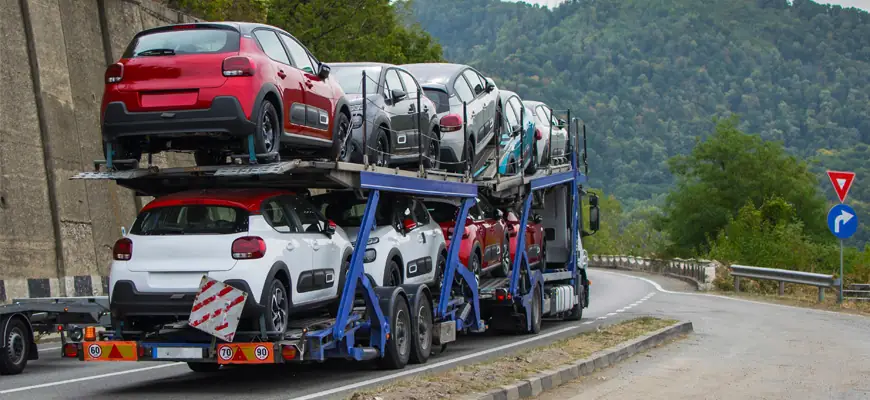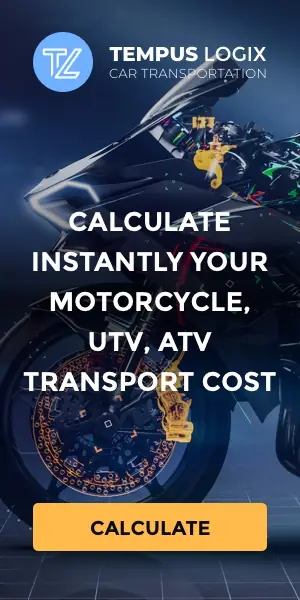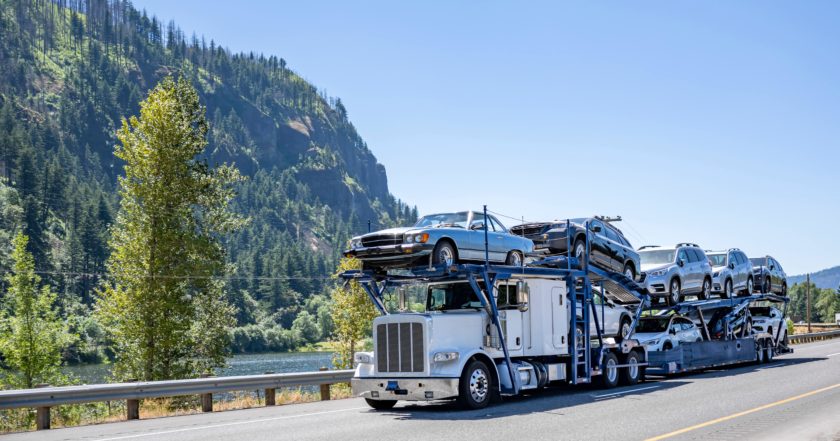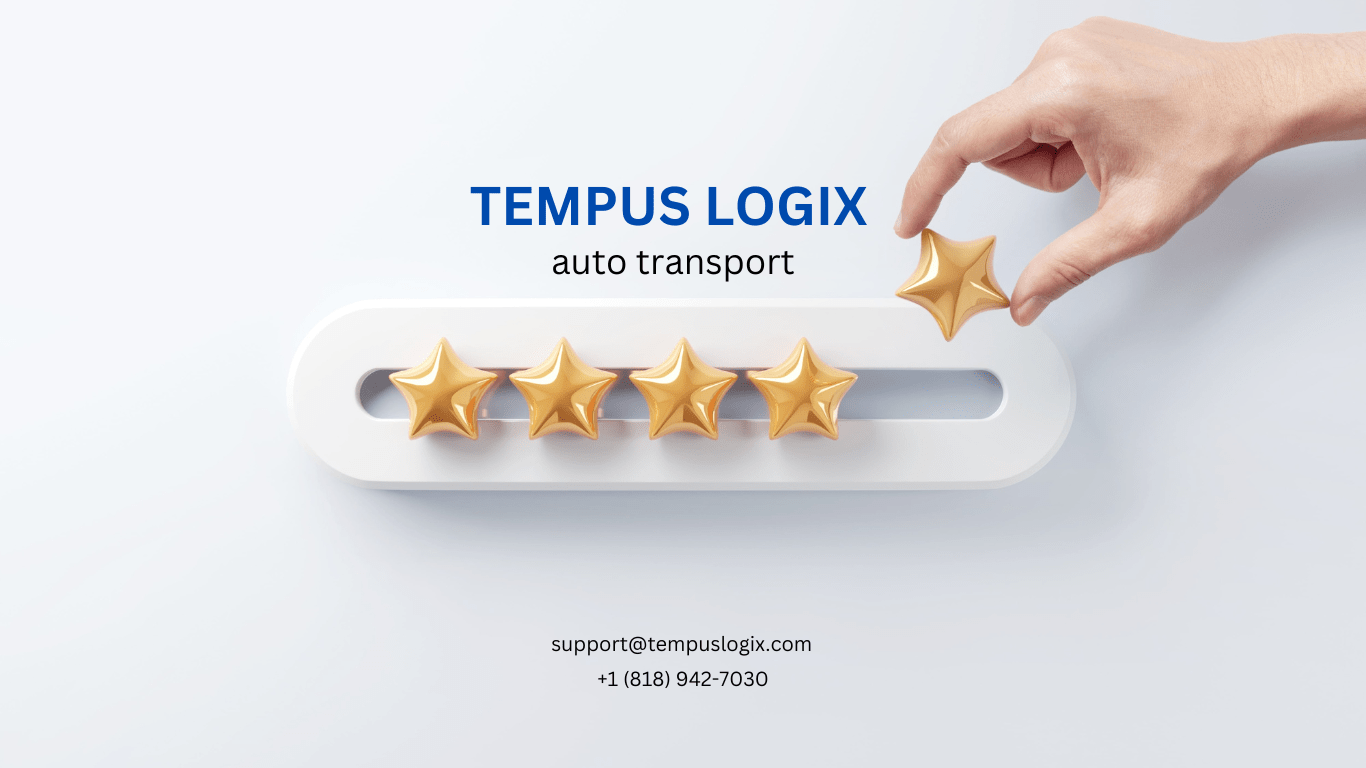Auto transport companies face many challenges when shipping vehicles from one state to another. From the growing demand for faster shipping services to the lack of reliable drivers, auto transport companies have found themselves obliged to enhance the efficiency of their services.
However, one way to do this is by applying the science of vehicle stacking to their auto transport practices. The science of vehicle stacking refers to the special techniques auto transporters use to maximize efficiency.
This article explores the factors affecting vehicle stacking, its benefits, and how to ship a car by applying the best practices for stacking vehicles.
Factors Affecting Vehicle Stacking
Stacking vehicles on transport carriers depends on several factors, including the size, weight, and dimension of vehicles and the different types of shipping trailers.
Vehicle Dimension and Weight Distribution
Vehicles’ special dimensions, weight, and size play a major role in determining how they will be stacked in the carrier. Auto transporters can classify vehicles based on these three factors, start loading light and small vehicles first, and leave large and heavy vehicles until the end.
This method of arranging vehicles proves efficient and allows using additional storage space in the carriers.
Different Carrier Types
Another determining factor in maximizing the number of vehicles per shipment is the specific type of carrier. Auto transport carriers have different sizes, capacities, and designs. However, modern designs and features, roll-on, roll-off trailers, and open-air two-level carriers are preferable to maximize efficiency.
- Modern carriers: These carriers have advanced features designed to improve auto shipping efficiencies, such as hydraulic ramps, lifts, and extendable parts. These features allow drivers to navigate tight spaces on the carrier and increase the number of carried vehicles. For example, expandable sections allow drivers to control the size of carriers according to the number of vehicles available and their dimensions.
- Roll-on roll-off trailers (Ro-Ro): Ro-Ro trailers are designed for efficient vehicle stacking. They have multiple decks that can be adjusted to accommodate different vehicle sizes.
- Open-air two-level carriers: Open carriers with two tiers for stacking vehicles are the most efficient type, as they have no roofs and walls and fit vehicles of different styles and dimensions. Open carriers are also valued for their light design, which allows for a higher loading capacity. In addition, open carriers can carry more vehicles than all other types.
Therefore, one method to stack as many vehicles as possible per trip is using open carriers with modern features and arranging vehicles to make them fill empty storage spaces.
Benefits of Vehicle Stacking
Vehicle stacking benefits auto shipping companies in many ways. First and foremost, stacking vehicles enhances auto-shipping processes by allowing for faster deliveries and reducing shipping costs. Also, auto transport companies can respond to the increase in demand for auto transport services more efficiently.
Faster delivery
The more vehicles that can be transported in one journey, the faster auto transport orders can be fulfilled. In other words, when auto transporters improve shipping efficiency, they ship more vehicles at a time and other vehicles are loaded and transported more rapidly.
Reduced Shipping Costs
Auto transport costs are usually split between the transported vehicles on the carrier. When more vehicles are transported simultaneously, the charged price per car is considerably lowered.
Best Practices for Stacking Vehicles
In order to maximize shipping benefits and efficiency, auto transport companies can follow these best practices for vehicle stacking:
- Reduce vehicle weight: Reducing vehicles’ weight can maximize the number of vehicles loaded in the carrier. Therefore, auto transporters must ensure that no packed items are kept inside vehicles and that each vehicle’s fuel tank is emptied to a minimum amount.
- Take out removable parts: Removing vehicles’ accessories is important. Spoilers, racks, and roof bars take up extra space, which can be used to load more vehicles.
- Use the most efficient carrier type: There are several auto transport carriers, some designed to haul two to three vehicles, while others can accommodate up to twelve cars. As previously mentioned, choosing a carrier that is larger and lighter in design is the most effective way to load as many cars as possible per a single trip.
After all, following efficient vehicle transporting practices can save auto transporters time and increase their profits by covering more car shipping orders. On the other hand, car owners can benefit from guaranteed faster and more affordable shipping.
Tempus Logix is a professional and top-rated auto shipping company in the United States. The company works with a large network of carriers that can meet various auto-shipping requirements. Also, the skilled staff works hard to provide solutions for possible efficient shipping services.
The Bottom Line
There are several techniques auto transport companies can employ to enhance the efficiency of vehicle transportation and maximize the number of hauled vehicles, including arranging vehicles according to size and weight and using efficient shipping carriers. Stacking vehicles brings many benefits to companies and clients and is also advantageous for the environment. Furthermore, maximizing cargo for each trip makes fewer trips and emits less fuel.










